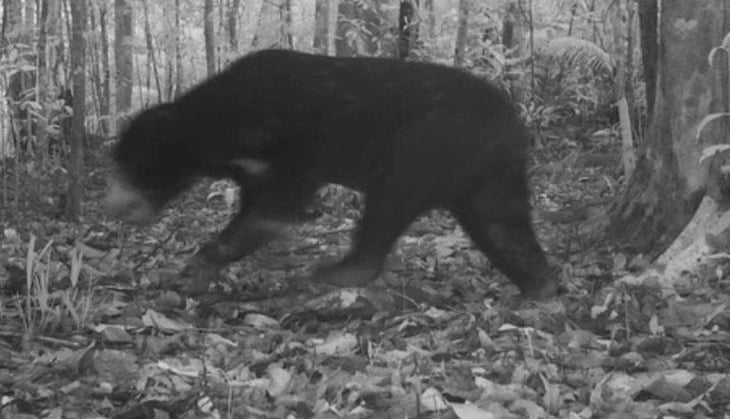
The Asian black bear, an animal listed in the World Red Book, was photographed at Chu Mom Ray National Park - Photo: XUAN THUY
On September 17, Mr. Dao Xuan Thuy - Director of Chu Mom Ray National Park - said that the unit is operating a system of about 300 camera traps and has discovered many rare animals, including many species facing extinction.
According to Mr. Thuy, if in the past, determining the presence of wild animals was mainly based on direct surveys, finding footprints or traces left behind, now thanks to camera trap technology, specific images of each individual have been preserved.
Species that are very rare in the wild such as gaur, black bear, silvered langur, red leopard, black-shanked douc langur, brown-shanked douc langur, grey-shanked douc langur, zebra pheasant, purple pheasant, red-crowned pheasant... have all appeared in precious frames.
Mr. Dao Xuan Thuy affirmed that the camera trap system not only helps scientists and conservation forces monitor the distribution and health status of species, but is also an important tool to monitor and prevent illegal hunting and encroachment on forests and animals.
"In the past, proving the existence of some species was almost impossible, because they often hid very well. Now, thanks to cameras, we can not only confirm their presence but also have vivid data for research, improving conservation efficiency," said Mr. Thuy.
Chu Mom Ray National Park has an area of over 56,200 hectares, is home to about 1,000 animal species, of which 112 are listed as endangered, precious, and rare and need priority protection; along with nearly 1,900 plant species, with 192 endemic and rare species.
Every year, park staff conduct four inspections, collecting data from camera traps, thereby assessing the current status of the population and adjusting appropriate conservation solutions.
One of the recent notable records is the image of a moon bear, a very rare animal, almost extinct in the wild.
The Asiatic black bear (also known as the Asiatic black bear) is listed in the World Red Book as vulnerable.
In addition, camera traps also recorded a herd of four gaurs in healthy condition, proving the existence of this large animal species in Chu Mom Ray.
Not only having scientific significance, the captured images also contribute to raising public awareness about the importance of protecting biodiversity.
In particular, since 2004, Chu Mom Ray has been recognized by the Association of Southeast Asian Nations (ASEAN) as an ASEAN Heritage Garden, a natural "treasure" of global value.
According to the National Park Management Board, information from camera traps not only reflects the wild world, but also records images of people entering and leaving the forest. This is important data for the unit to early identify risks of negative impacts on the ecosystem, thereby deploying timely preventive measures.
"We hope that with the support of technology and the cooperation of the community, Chu Mom Ray National Park will continue to be a safe haven for rare animals, contributing to preserving biodiversity for future generations," Mr. Thuy shared.
Source: https://tuoitre.vn/bay-anh-chup-duoc-gau-ngua-quy-hiem-bo-tot-o-vuon-quoc-gia-chu-mom-ray-20250917164857799.htm




![[Photo] Keep your warehouse safe in all situations](https://vphoto.vietnam.vn/thumb/1200x675/vietnam/resource/IMAGE/2025/10/1/3eb4eceafe68497989865e7faa4e4d0e)

![[Photo] Hanoi morning of October 1: Prolonged flooding, people wade to work](https://vphoto.vietnam.vn/thumb/1200x675/vietnam/resource/IMAGE/2025/10/1/189be28938e3493fa26b2938efa2059e)
![[Photo] President of the Cuban National Assembly visits President Ho Chi Minh's Mausoleum](https://vphoto.vietnam.vn/thumb/1200x675/vietnam/resource/IMAGE/2025/10/1/39f1142310fc4dae9e3de4fcc9ac2ed0)


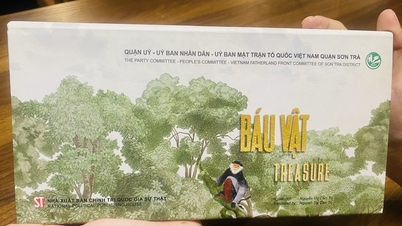
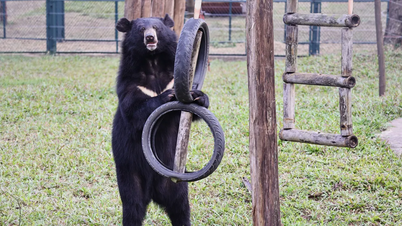
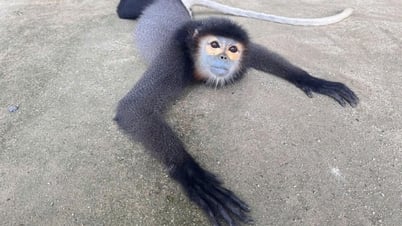
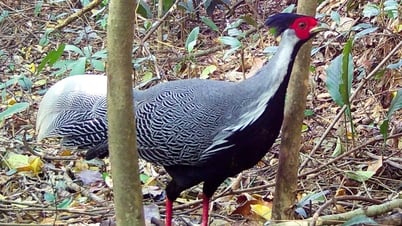



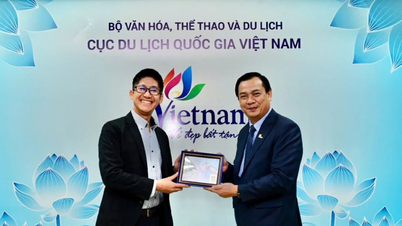




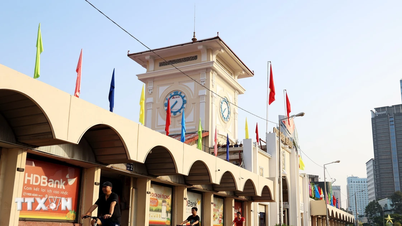








































































Comment (0)